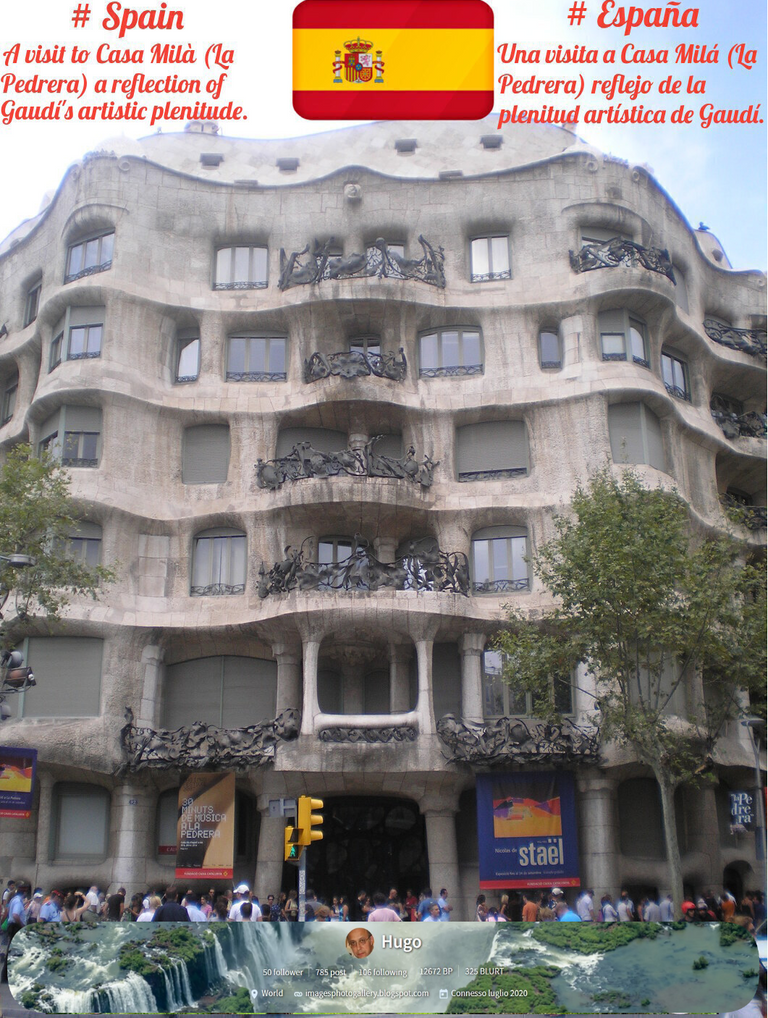
Hello blurtians,
Living in Barcelona or being in the Catalan city long enough to enjoy a few days' holiday, it is impossible not to take a weekend to visit the many attractions that the Catalan capital has to offer.
And visiting some of the works of the city's "artistic father", the architect Antoni Gaudí, seems to be something of an obligation. Which, on the other hand, is extremely pleasant.
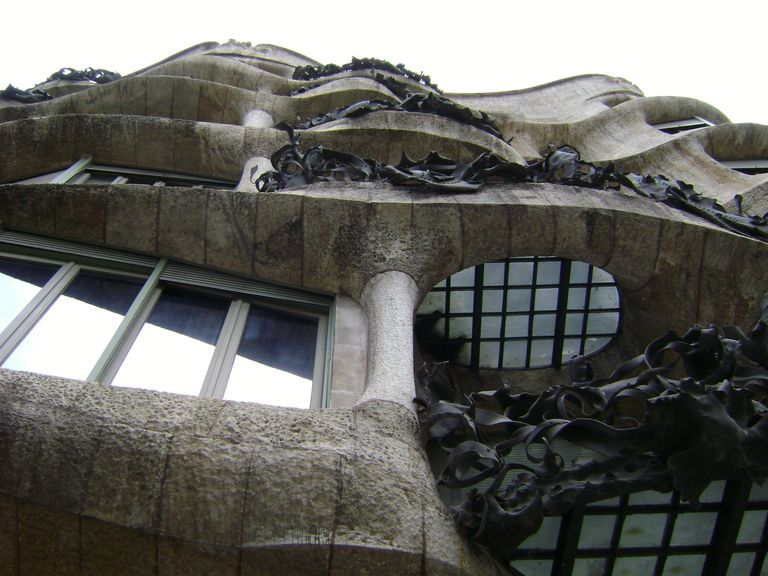
Hola blurtians,
Viviendo en Barcelona o estando en la ciudad catalana el tiempo suficiente para disfrutar de unos días de vacaciones es imposible no tomarse un fin de semana para visitar las muchas atracciones que ofrece la capital catalana.
Y visitar algunas de las obras del "padre artístico" de esta ciudad, el arquitecto Antoni Gaudí, parece se runa especie de obligación. Que, por otro lado, es sumamente agradable.
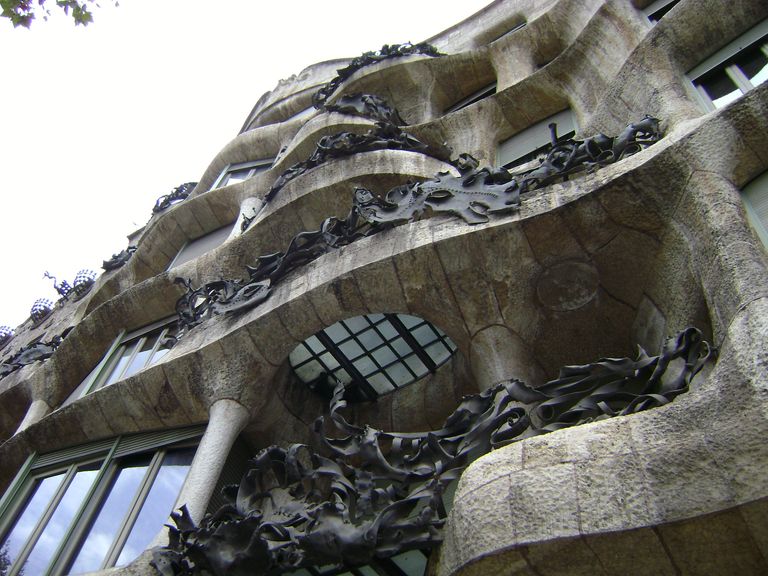
The imagination of the brilliant artist is inexhaustible. From one end to the other, his imagination knew no bounds. From the multicoloured tiles and ceramics of the Casa Batlló or other works in Güell Park published in this same Community to other works of a beauty as spartan and as natural as surrealist.
Today I want to talk about La Pedrera, as Casa Milà is called in the popular jargon, built by Gaudí, like many of his works, in the early 1900s, the most prolific period of his intense artistic life.
Like Casa Batlló, it is located on Barcelona's famous Passeig de Gràcia, just fifty metres away from it.
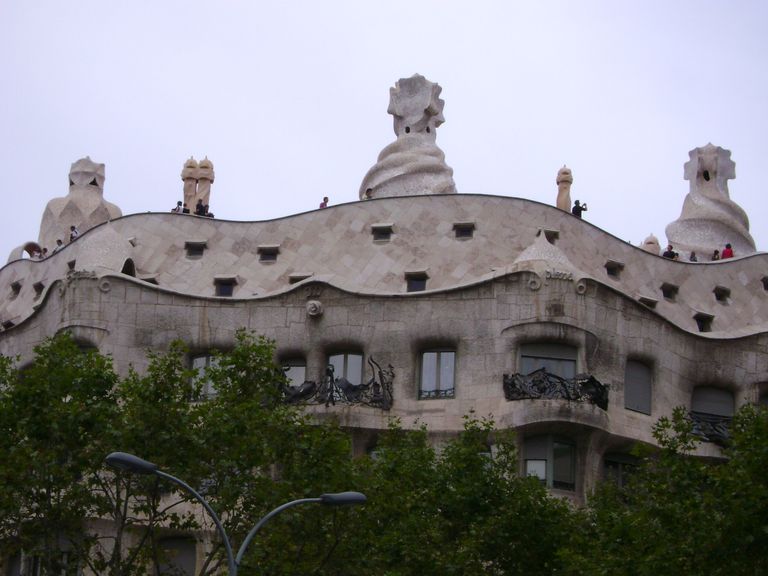
La imaginación del genial artista es inagotable. De un extremo a otro su imaginación no tenía límites. Desde los azulejos y cerámicas multicolores de la Casa Batlló o de otras obras en el Parque Güell publicadas en esta misma Comunidad hasta otras obras de una belleza tan espartana y tan natural como surrealista.
Hoy les quiero hablar de La Pedrera como se la llama en el gergo popular a la Casa Milá, construída por Gaudí, al igual que muchas de sus obras, a inicios de 1900, el período más prolífico de su intensa vida artistica.
Al igual que Casa Batlló se encuentra en el famoso paseo de Gracia de Barcelona a escasos cincuentra metros de distancia de ésta.

And, in the same way, it was built on behalf of a wealthy Catalan businessman, Pere Milà i Camps, who wanted to build an elegant residence rich in luxurious details. But, above all, innovative. And Gaudí was the ideal person, in this context, to carry out the project.
As in most of his works, Gaudí's completion was delayed, especially due to the reluctance of the local authorities, who were reluctant to accept his innovative projects on the grounds that they did not comply with current building regulations.
In 1984 La Pedrera was recognised as a UNESCO World Heritage Site.
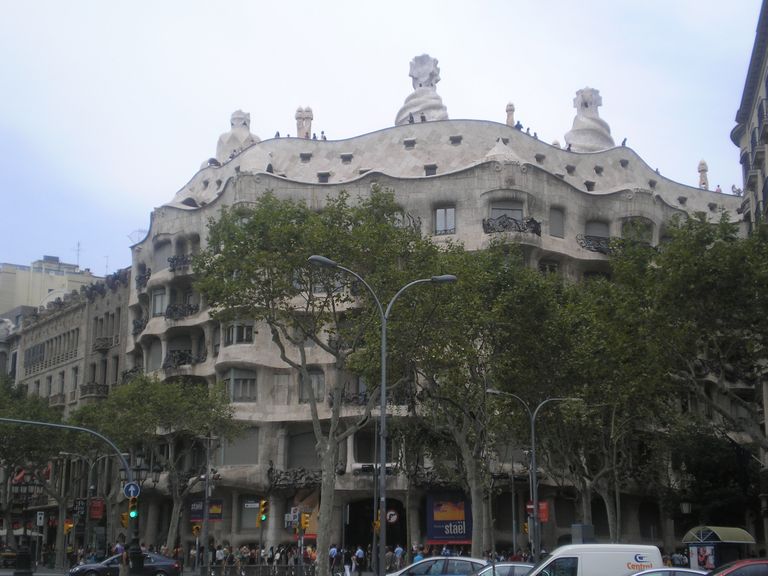
Y, de la misma manera, fue construída por encargo de un rico empresario catalán, Pere Milà i Camps que querían construir una residencia elegante y rica en detalles lujosos. Pero, sobretodo, innovativo. Y Gaudí era la persona ideal, en este contexto, para llevar adelante el proyecto.
Como en la mayor parte de sus obras Gaudí demoró en su terminación debido especialmente a las reticencias de la administración comunal que no aceptaba de buen grado sus proyectos innovativos aduciendo que no respetaban la normativa vigente en materia edilicia.
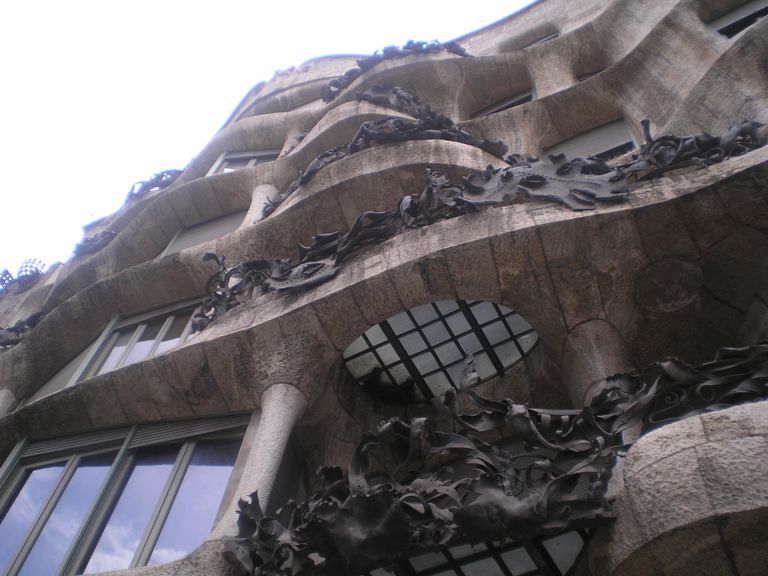
In the early 1900s, Passeig de Gràcia was the most important avenue in Barcelona and so it is no surprise that the most emblematic and stately buildings of Catalan high society began to be built there. Buildings that were to be an emblem of the city. Innovative, refined, luxurious and with a touch of distinction and eccentricity that would set them apart from other cities, not only in Spain but also in Europe.
And the ideal person to carry out these projects was Gaudì.
The owner's idea was to be able to use part of the building as a family residence and the other part as flats for rent.
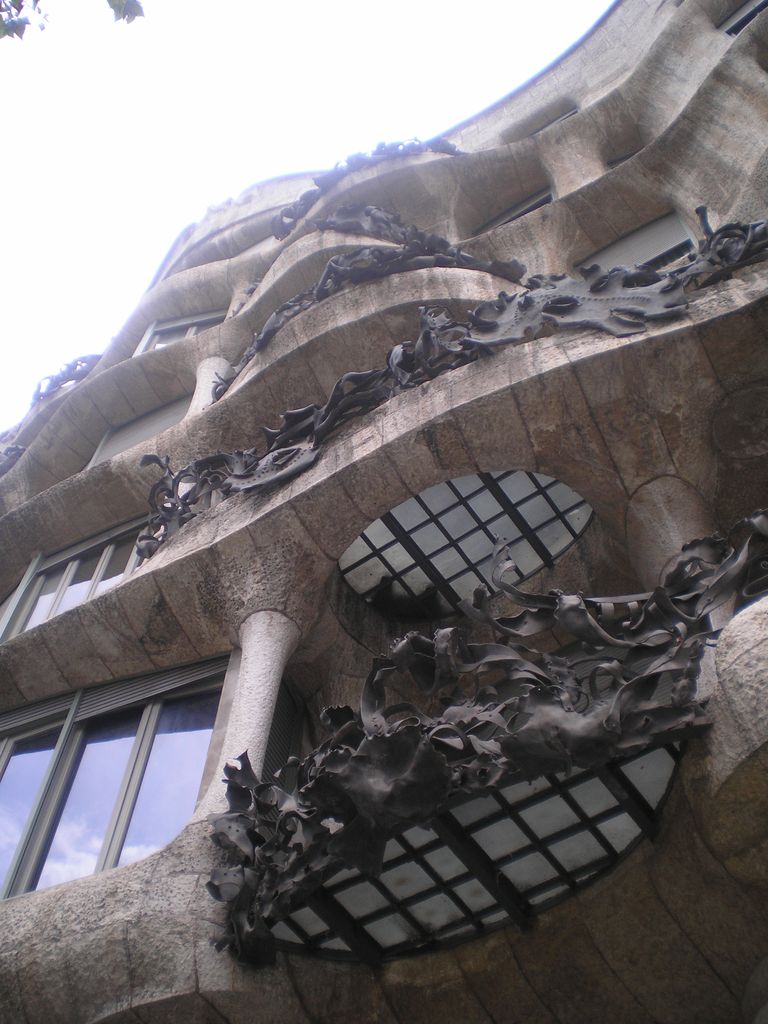
A inicios de 1900 el Paseo de Gracia era la avenida más importante de Barcelona y por ello no es sorpresa que en él se comenzaran a construir los edificios más emblemáticos y señoriales de la alta sociedad catalana. Edificios que debían ser un emblema de la ciudad. Innovativos, refinados, lujosos y con un toque de distinción y excentricidad que los diferenciara de otras ciudades no solo españolas sino también europeas.
Y la persona ideal para llevar adelante esos proyectos era Gaudì.
La idea del propietario era la de poder utilizar una parte del edficio como residencia familiar y la otra parte destinarla a departamentos para alquilar.
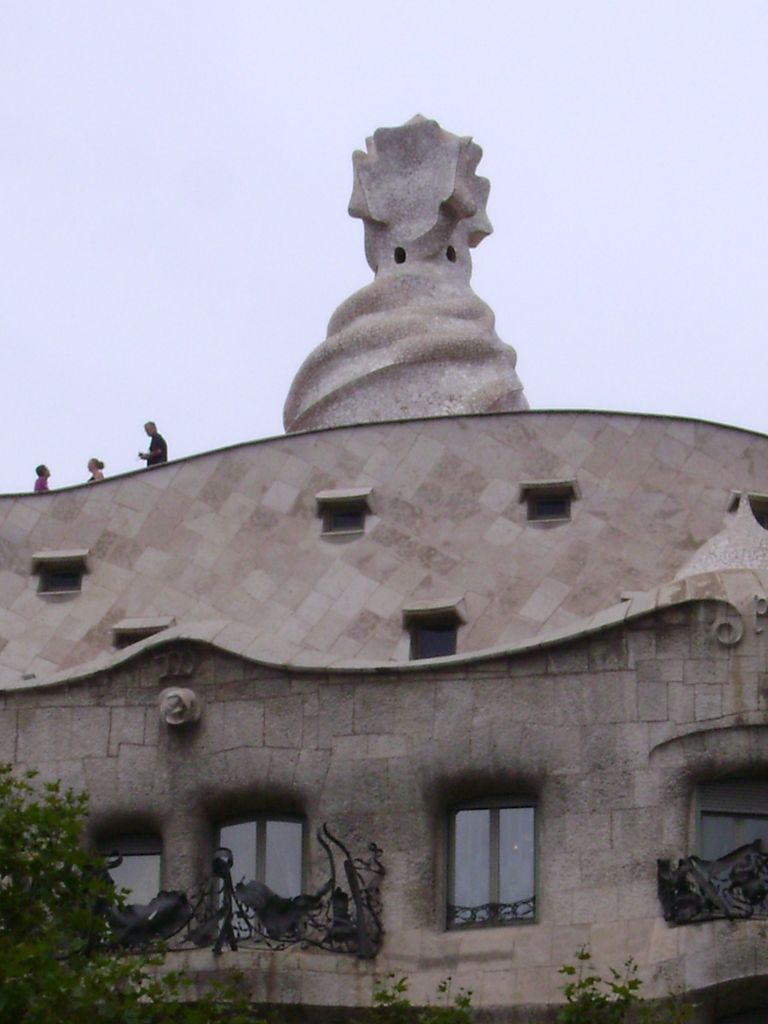
Hence the idea of building it in the form of two different residential blocks, with independent entrances communicating with each other thanks to two large internal courtyards.
The façade had to be unique and, respecting Gaudí's idea of nature and sea waves, it had to have a sinuous shape.
Today it is an important cultural centre and the headquarters of the Catalunya-La Pedrera Foundation, and represents the commitment of a large part of Catalan society to investing in art and culture.
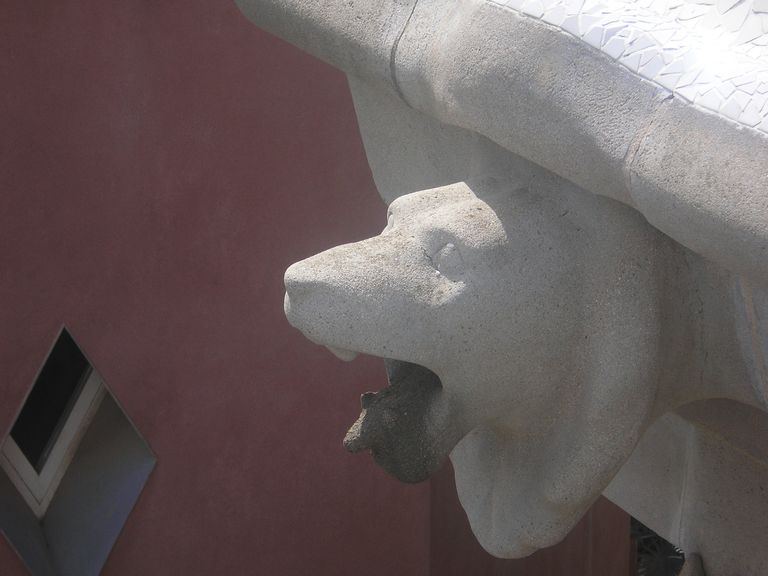
De ahí la idea de construirla bajo la forma de dos bloques habitables diferentes, con accesos independientes uno de otro comunicantes entre si gracias a dos grandes patios internos.
La fachada debía ser única y respetando la idea de la naturaleza y de las ondas marinas que tenía Gaudí tenía que tener una forma sinuosa.
Hoy es un importante Centro Cultural y la sede de la Fundación Catalunya-La Pedrera, y representa el compromiso de una buena parte de la sociedad catalana en la inversión en el arte y la cultura.
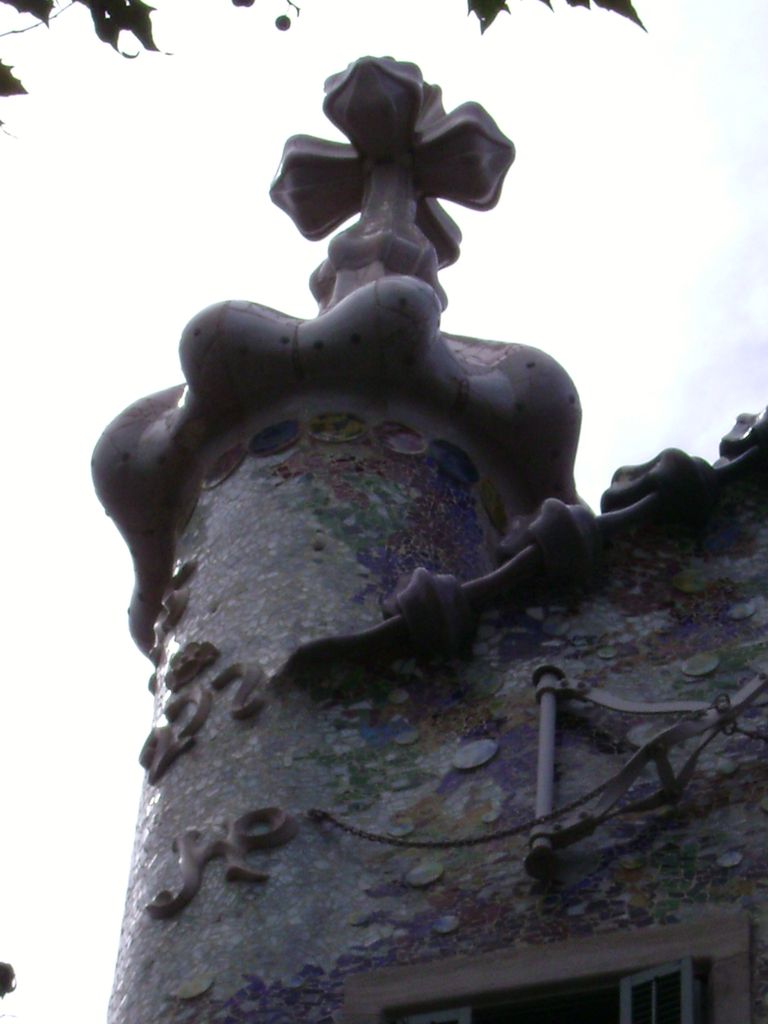
Casa Milà or La Pedrera owes the originality of its name in the popular gergo to the peculiar forms devised by the original architect Antoni Gaudí. Pedrera in Catalan means "quarry", i.e. the place where the stones are extracted. The entire façade is made of limestone. It is a kind of gigantic stone sculpture, except for the upper part which is covered with white tiles. Giving the whole building a sense of absolute communion with immaculate nature.
The wrought-iron balconies - another of Gaudí's obsessions - which simulate climbing plants, also stand out.
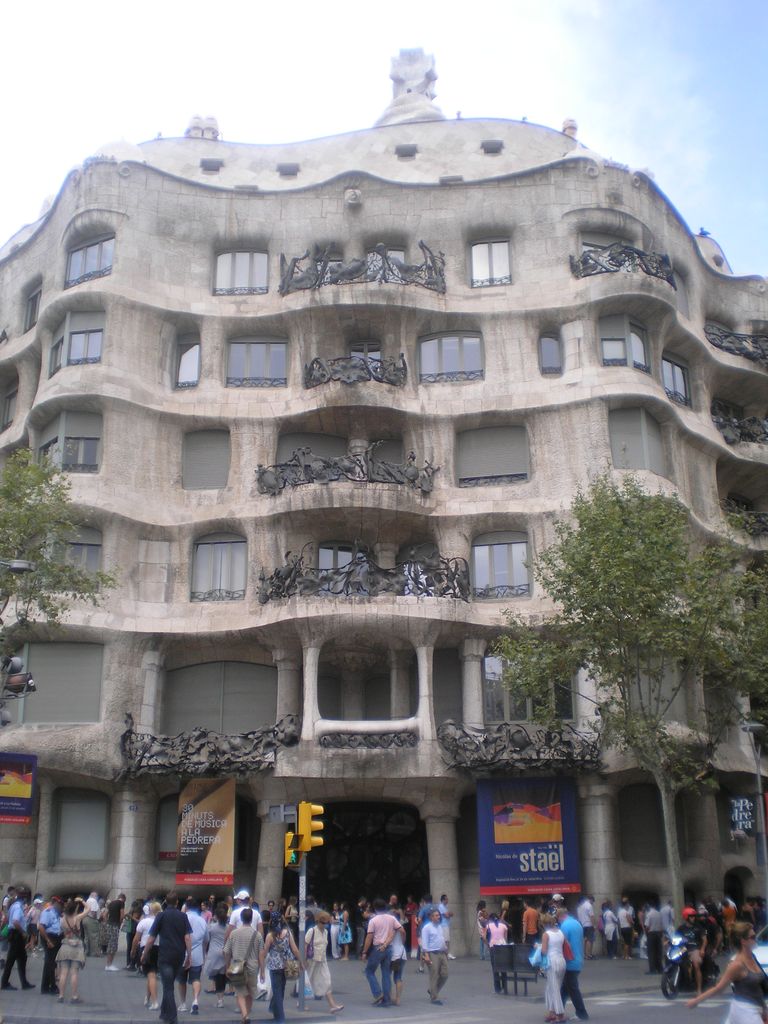
Casa Milá o La Pedrera debe la originalidad de su nombre en el gergo popular a las peculiares formas ideadas por el original arquitecto Antoni Gaudí. Pedrera en catalán significa "cantera" es decir el lugar desde donde se extraen las piedras. Toda la fachada está realizada en piedra calcárea. Es una especie de escultura gigantesca en piedra, salvo la parte superior que está recubierta de azulejos blancos. Dándole a todo el edificio un sentido de absoluta comunión con una naturaleza inmaculada.
Se destacan también los balcones de hierro forjado -otra de las obsesiones de Gaudí- que simulan plantas trepadoras.
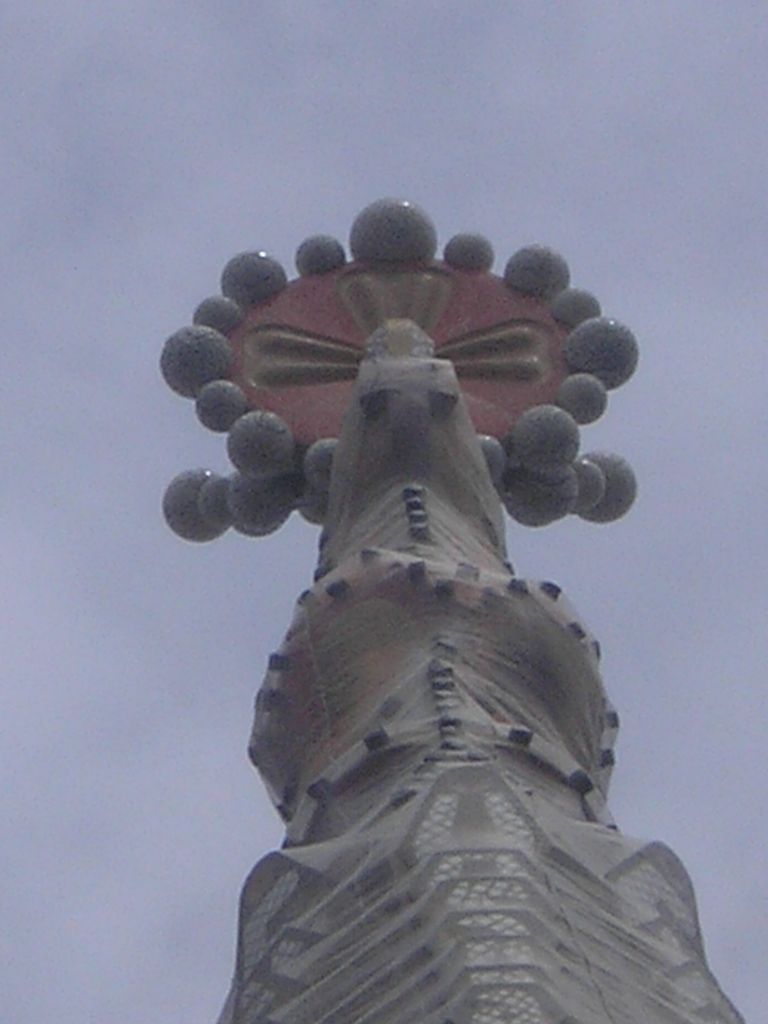
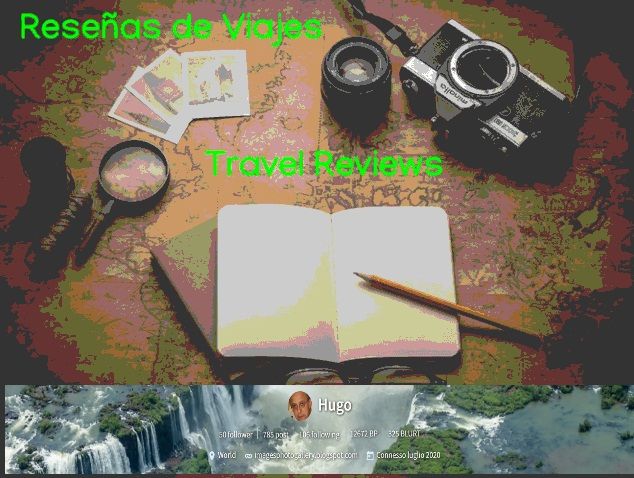
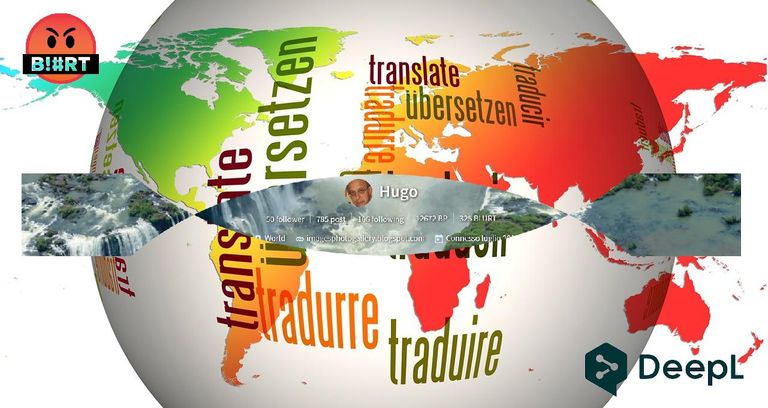

Thanks for reading!!
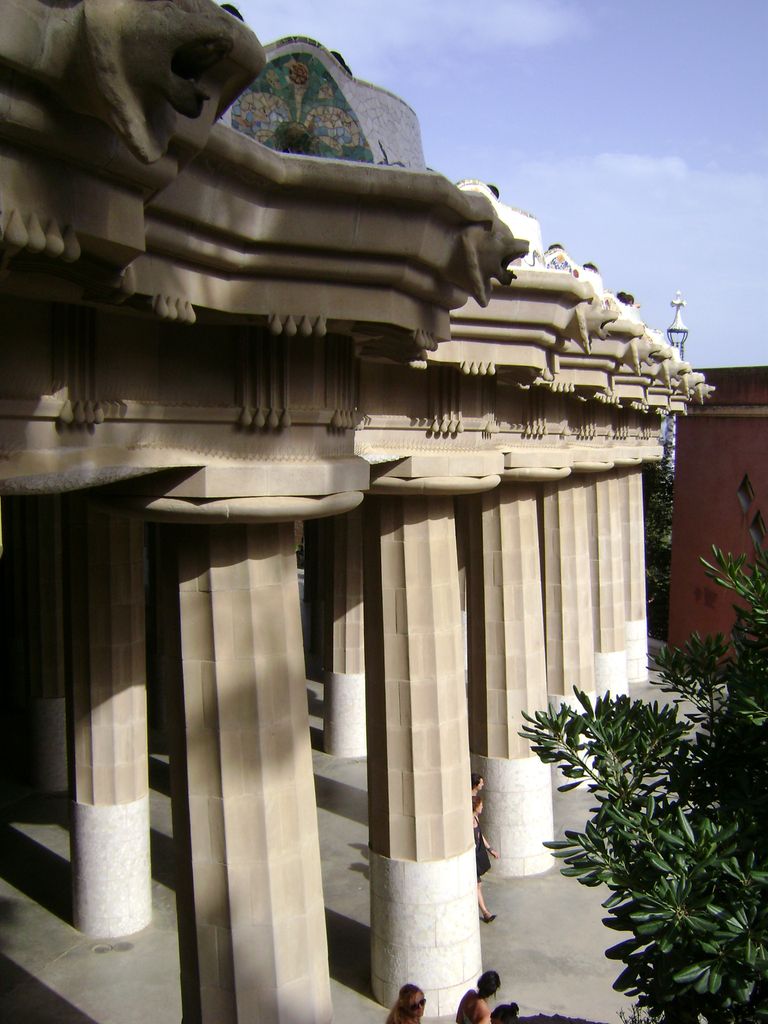
Gracias por leer!!
These images have been obtained in the European summer of 2018 before the ravages caused by the Covid-19 pandemic at the beginning of 2019. They have probably been published in other media that are obviously my property or used in sponsored posts published on my blogs/web at the request of European marketing agencies I work with in Italy, Spain, France, the United Kingdom and other countries.
On the other hand, this text has been cross-posted in my account on another platform, as can be verified in this link.
Estas imágenes han sido obtenidas en el verano europeo de l 2018 antes de los estragos causados por la pandemia del Covid-19 a inicios de 2019. Han sido probablemente publicadas en otros medios que son obviamente de mi propiedad o utilizados en posts patrocinados publicados en mis blogs/web a pedido de agencias de marketing europeas con las que trabajo en Italia, España, Francia, Reino Unido y otros países.*
Por otro lado este texto ha sido posteado en forma cruzada en mi cuenta de otra plataforma, como se puede verificar en este enlace.*
| Blogs, Sitios Web y Redes Sociales / Blogs, Webs & Social Networks | Plataformas de Contenidos/ Contents Platforms |
|---|---|
| Mi Blog / My Blog | Los Apuntes de Tux |
| Mi Blog / My Blog | El Mundo de Ubuntu |
| Mi Blog / My Blog | Nel Regno di Linux |
| Mi Blog / My Blog | Linuxlandit & The Conqueror Worm |
| Mi Blog / My Blog | Pianeta Ubuntu |
| Mi Blog / My Blog | Re Ubuntu |
| Mi Blog / My Blog | Nel Regno di Ubuntu |
| Red Social Twitter / Twitter Social Network | @hugorep |
| Blurt Official | Blurt.one | BeBlurt | Blurt Buzz |
|---|---|---|---|
 |  |  |  |

Upvoted. Thank You for sending some of your rewards to @null. Read my last posts to make sure that BLURT burning is profitable for you. Before using this bot please make sure your account has at least 100 BP. Get more BLURT:
@ mariuszkarowski/how-to-get-automatic-upvote-from-my-accounts@ blurtbooster/blurt-booster-introduction-rules-and-guidelines-1699999662965@ nalexadre/blurt-nexus-creating-an-affiliate-account-1700008765859@ kryptodenno - win BLURT POWER delegation@ ctime/burn-bot-liquid-blurtThanks to alls @ctime.